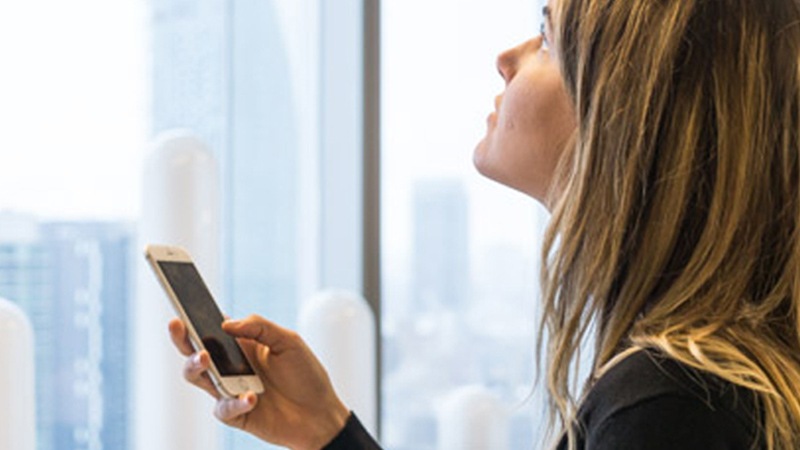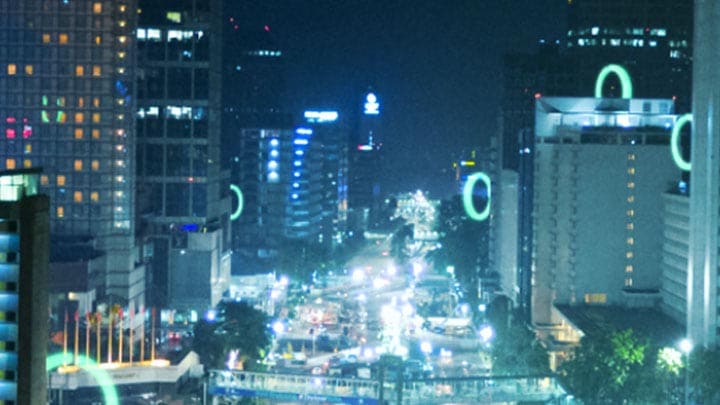18 April 2019
The Internet of Things has the power to revolutionize the way we live, work and play, and that power is beginning to be harnessed
As new applications are discovered and developed, the potential economic impact grows. In fact, the IoT is projected to be worth USD 3.9 trillion by 2025. Some of the possibilities range from disrupting business as usual to creating completely new business models.
Here are a few examples of ways that IoT's transformative power opens new ways of working
Advances in cloud computing, connectivity, and web-based applications have made the "as a service model" possible. And more and more companies are recognizing the long-term value of moving away from one-off sales to a subscription model that bundles products with value-added services.
This move transforms the relationship from a one-off transactional one into a longterm interaction featuring more frequent interactions. Businesses get a recurring revenue stream and customers swap a one-time outlay of capital for a tailor-made solution that can be scaled up or down as necessary, as well as getting access to excellent support and service.
The IoT has helped this transition by adding the capability for precise, low-cost sensors and monitoring devices to products. This provision of real-time and historical data allows for automated alerts, preventive maintenance and even predictive maintenance.
For example, venerable electrical equipment company Edison Electric (established 1890) now makes wireless sensors that can be installed on pipes and conveyor elements and monitor vibration, pressure, flow, and temperature.
These sensors can improve efficiency, boost productivity and provide early warning to prevent hazardous incidents.

Smart technology is a pure expression of personalization – adjusting room temperature and lighting to fit known preferences and suit the mood. But this is really just the beginning of personalization's potential.
One example is shared public displays (such as at train stations, hotel conference rooms and the gym) could network with personal devices and tailor content to match the preferences of those in the vicinity.
From advertisements and travel announcements, to tailoring the screens at the gym to your media preferences, IoT technology can revolutionize the way you experience public spaces.
Another application could be the music at your local cafe or pub using IoT technology and changing genre or songs based on the tastes of whoever's in the room.
By linking with your Spotify or Pandora playlist, your music preferences become part of a crowdsourced playlist, updated in real-time.
And the applications reach far beyond just working out and going out for dinner.
IoT sensors in cities are changing traffic patterns, so you can get a series of green lights when you're the only car on the road, and these same sensors are informing parking layouts, garbage collection schedules and bus routes.
The IoT enables circular business models to flourish. This methodology emphasizes maintenance and repair at every stage of a product's life cycle, focusing on creation rather than disposal, and recycling rather than discarding.
Classic linear models place a premium on the 'final' value that's delivered to the customer, which heavily discounts losses due to waste, disposal, and overstock.
The more sustainable circular models can use IoT to make it more feasible to repair or replace components before they fail. The IoT also facilitates changes by digitally 'tagging' parts that can be salvaged and reintegrated into the value chain.
An innovative lighting installation at Amsterdam's Schiphol Airport uses sustainable luminaires from Philips Lighting that can be easily repaired – or sent back to the manufacturer for replacement.
These are just some of the ways that the power of the Internet of Things is being unlocked to make your life easier and more enjoyable, create new business models and improve efficiency.
Check out some more ways the IoT is reconfiguring industries from the inside out.
Signify (Euronext: LIGHT) is the world leader in lighting for professionals and consumers and lighting for the Internet of Things. Our Philips products, Interactconnected lighting systems and data-enabled services, deliver business value and transform life in homes, buildings and public spaces. With 2018 sales of EUR 6.4 billion, we have approximately 29,000 employees and are present in over 70 countries. We unlock the extraordinary potential of light for brighter lives and a better world. We have been named Industry Leader in the Dow Jones Sustainability Index for two years in a row. News from Signify is located at the Newsroom , Twitter , LinkedIn and Instagram . Information for investors can be found on the Investor Relations page.
